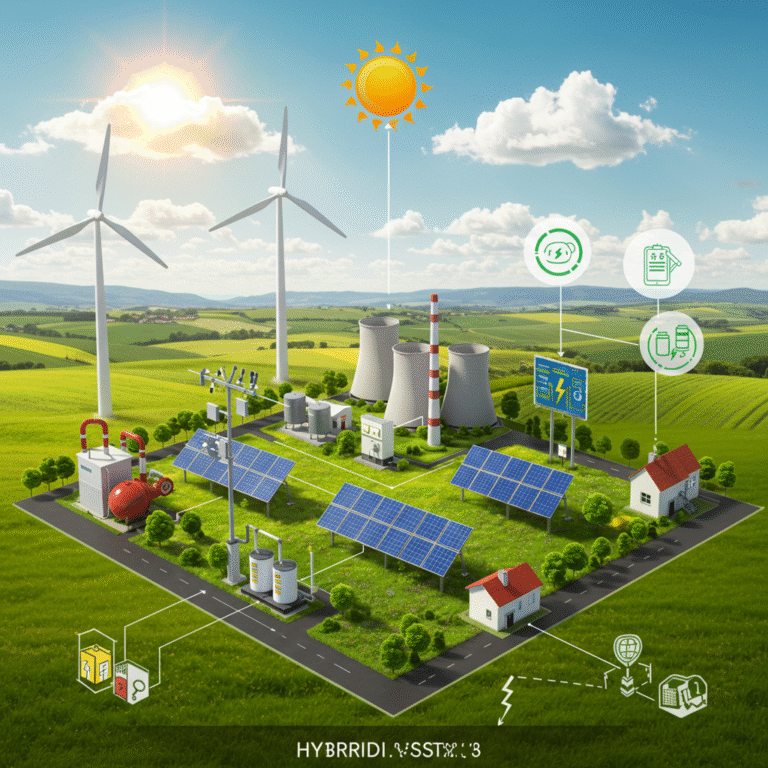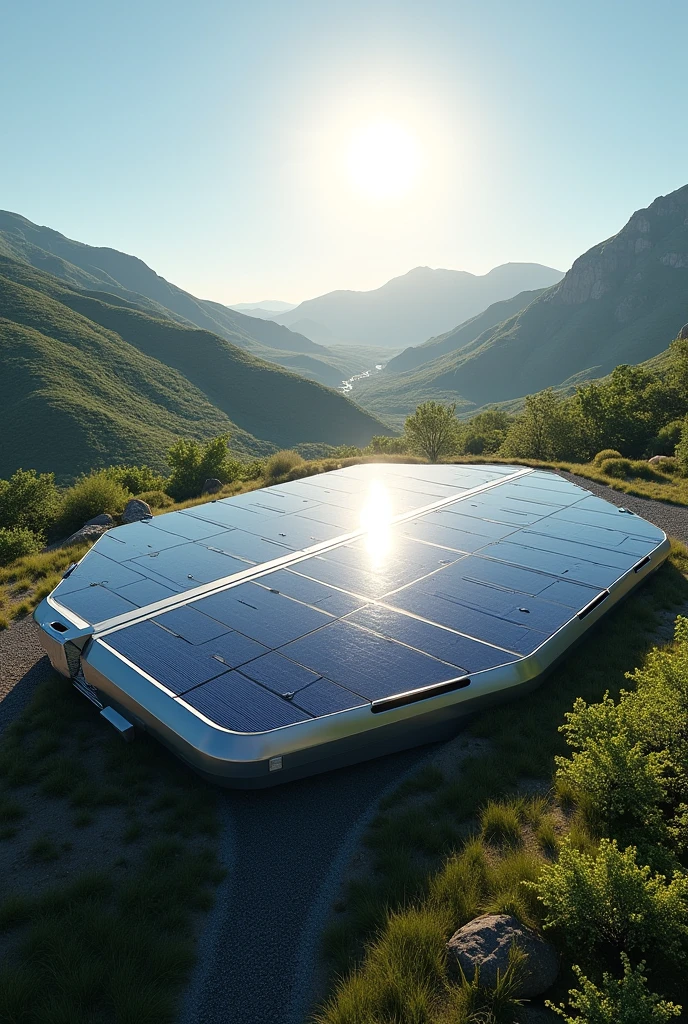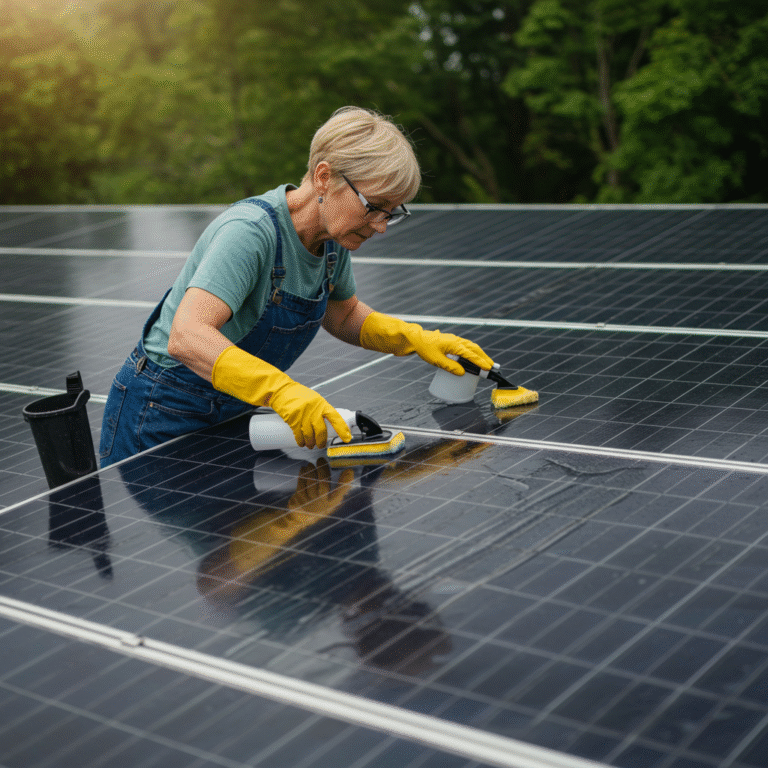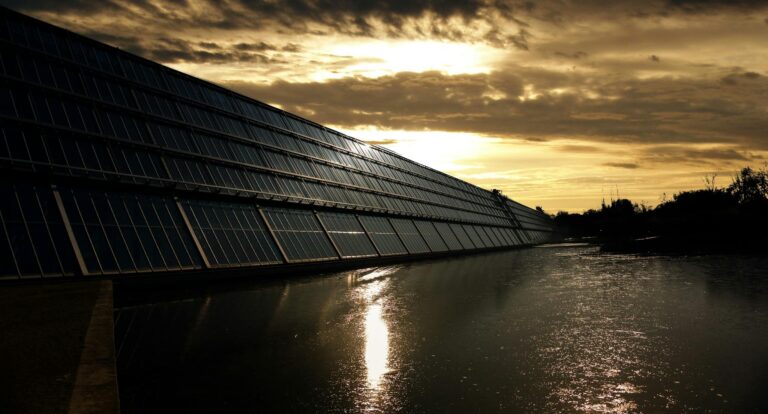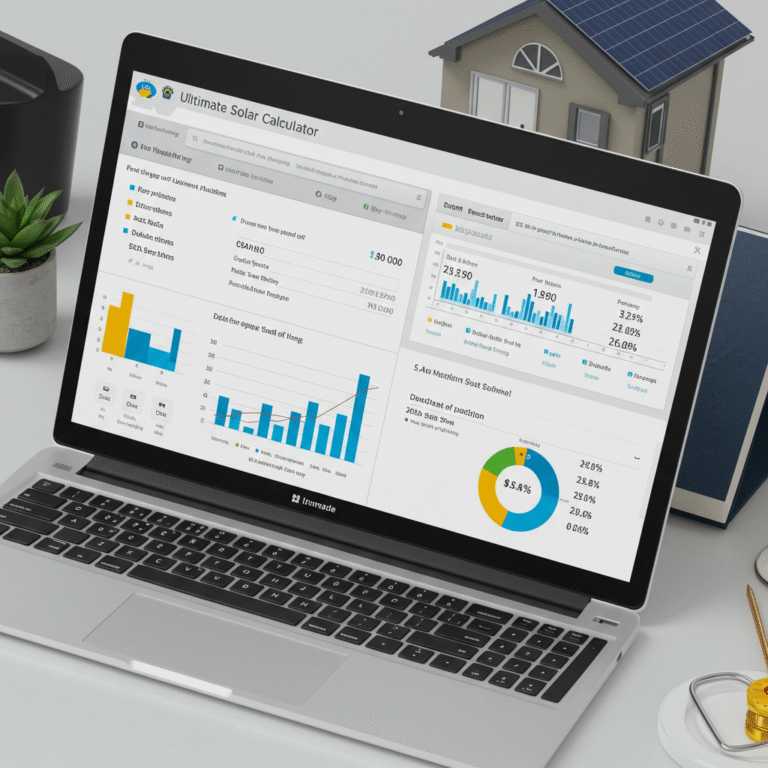Introduction
Solar energy has emerged as one of the most sustainable and environmentally friendly energy sources available today. However, one of the most frequently asked questions about solar power is: “Can solar panels work on cloudy days?”
The short answer is yes — solar panels can still produce electricity even when it’s cloudy. But the efficiency and power output may vary depending on cloud coverage, panel type, and system design. In this article, we’ll break down how solar panels work in different weather conditions, how clouds affect solar performance, and what you can do to maximize energy output year-round.
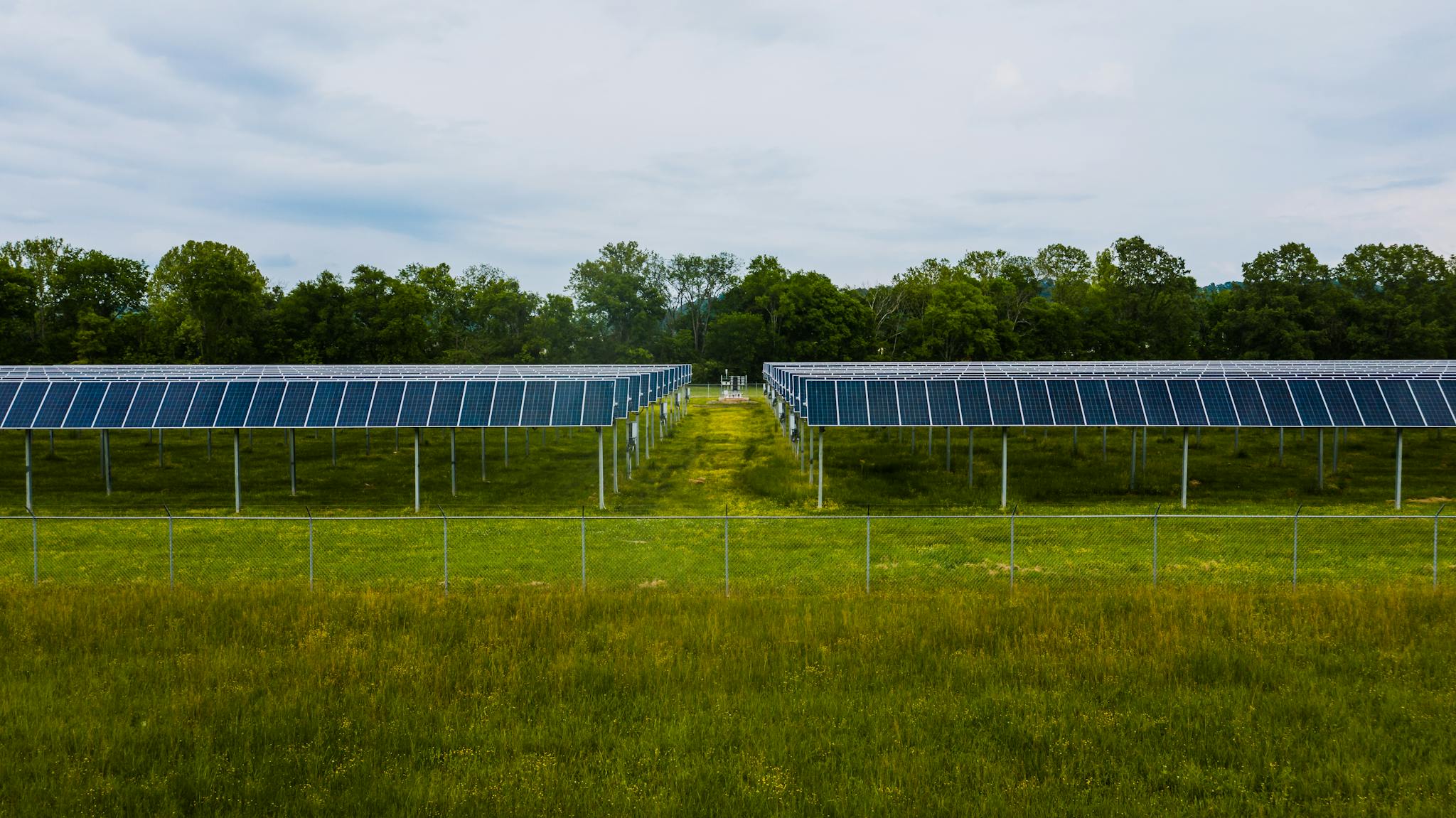
How Do Solar Panels Work?
To understand how cloudy days impact solar power, it’s essential to first understand how solar panels function.
Solar panels generate electricity through photovoltaic (PV) cells, which convert sunlight (specifically photons) into direct current (DC) electricity. This DC electricity is then transformed into alternating current (AC) by an inverter, which powers your home or feeds electricity into the grid.
Even on cloudy days, sunlight still reaches the Earth’s surface — just at lower intensity. This means solar panels can still function, but with reduced efficiency.
Can Solar Panels Work on Cloudy Days?
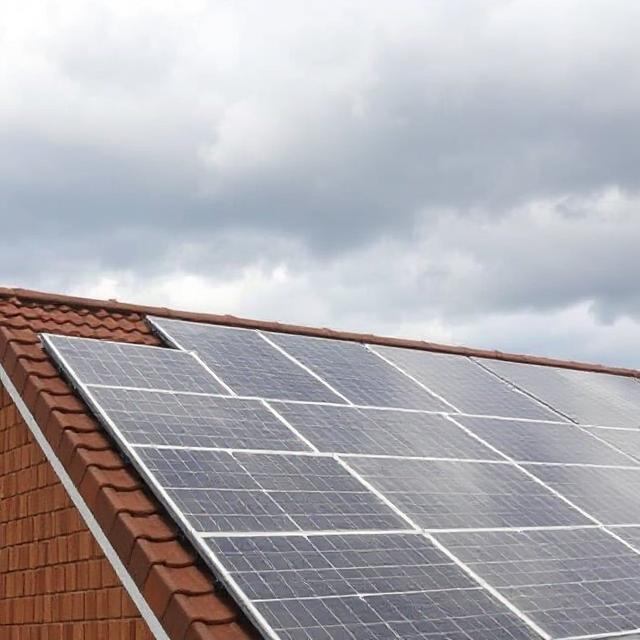
Yes, but with reduced efficiency.
Solar panels do work on cloudy or rainy days, but their energy output typically ranges between 10% to 30% of their normal capacity under direct sunlight. The exact reduction depends on the thickness of the cloud cover, humidity, and even the panel technology used.
Key facts:
- Light is diffused, not blocked, by clouds.
- Modern solar panels are designed to capture various types of light, including indirect and diffused sunlight.
- Energy generation is significantly lower on heavily overcast or stormy days but doesn’t drop to zero.
How Much Electricity Do Solar Panels Generate on Cloudy Days?
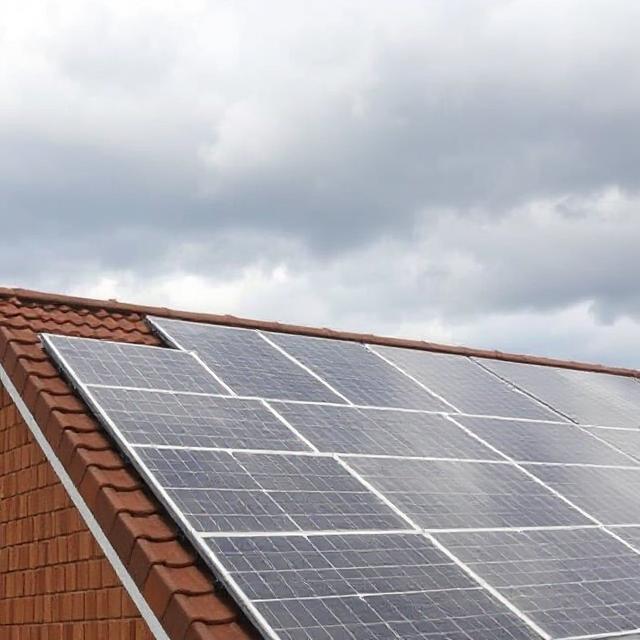
The amount of electricity generated varies, but here’s a rough estimate:
| Weather Condition | Estimated Output |
|---|---|
| Clear Sunny Day | 100% Output |
| Partly Cloudy | 60%–80% Output |
| Overcast/Cloudy | 10%–30% Output |
| Rainy or Stormy | 5%–20% Output |
Note: These are average estimates. Actual performance may vary based on your location, panel angle, panel efficiency, and the time of year.
Solar Panels and Indirect Light
Even on cloudy days, indirect sunlight makes its way through. This diffused light can still activate PV cells, allowing them to generate electricity. The ability of a solar panel to capture this light depends on its technology and efficiency.
Panel Type Matters: Which Solar Panels Perform Best on Cloudy Days?

1. Monocrystalline Panels
- Most efficient in low-light conditions.
- Can convert a higher percentage of sunlight into energy.
- Typically produce 15%–25% of their rated output on cloudy days.
2. Polycrystalline Panels
- Slightly lower efficiency compared to monocrystalline.
- May produce 10%–20% of their normal capacity on overcast days.
3. Thin-Film Panels
- Perform surprisingly well in diffused light.
- Flexible and cheaper, but with overall lower efficiency.
- A good choice in regions with frequent cloud cover.
Geographic Considerations
Surprisingly, some cloudy regions have highly successful solar programs. For example:
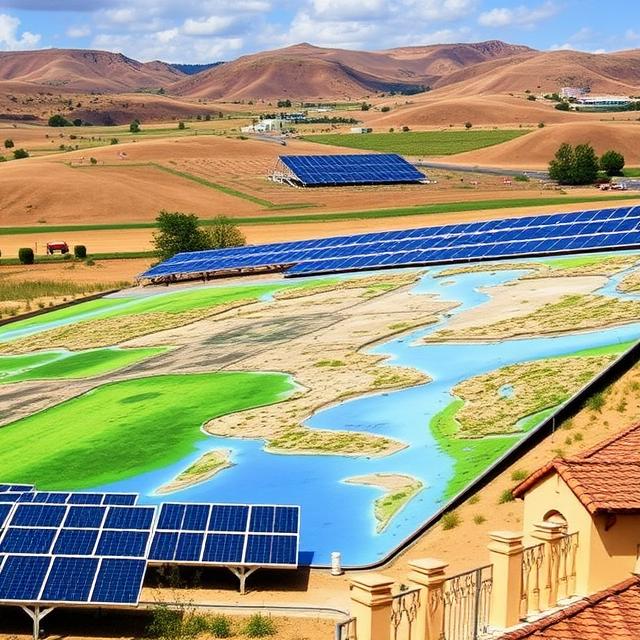
- Germany, known for its gray skies, is one of the world’s top solar energy producers.
- Seattle, Washington and Portland, Oregon—both cloudy cities—have thriving solar adoption rates.
- United Kingdom and Netherlands rely heavily on solar despite frequent overcast conditions.
This proves that solar isn’t just for sunny climates. With proper system design and energy storage, solar can thrive even in cloud-prone regions.
How Solar Systems Handle Cloudy Weather
Modern solar energy systems often include features that optimize performance in varying weather conditions:
1. Maximum Power Point Tracking (MPPT)
Smart inverters use MPPT technology to adjust and maximize energy output even in fluctuating light conditions.
2. Battery Storage
Energy storage systems store surplus energy generated during sunny periods. On cloudy days or at night, the stored energy can power your home.
3. Net Metering
If your region offers net metering, excess power produced on sunny days is fed into the grid, and you receive credits. These credits can offset usage during cloudy days or nights.
Strategies to Maximize Solar Power on Cloudy Days
If you live in an area with frequent overcast weather, here are ways to boost your solar system’s performance:
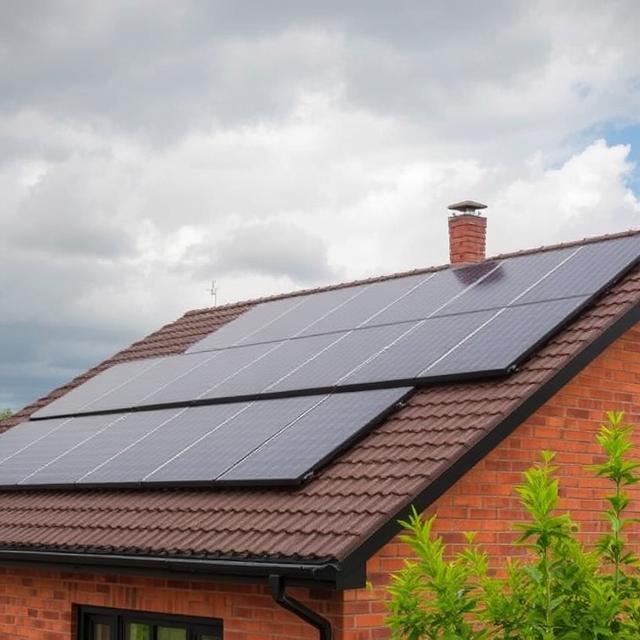
1. Invest in High-Efficiency Panels
Monocrystalline panels or advanced thin-film panels offer better performance in low-light conditions.
2. Optimize Panel Placement
Install panels at the best angle for year-round sun exposure. This varies by latitude and orientation (usually south-facing in the Northern Hemisphere).
3. Regular Cleaning and Maintenance
Dust, dirt, and moisture can further reduce efficiency. Clean panels and maintain inverters regularly.
4. Consider Energy Storage
Adding a battery backup system ensures power supply during cloudy or nighttime hours.
5. Use a Smart Energy Management System
These systems balance energy production and consumption, improving overall efficiency even when solar output is low.
Common Myths About Solar Panels and Cloudy Days
❌ Myth 1: Solar panels don’t work at all on cloudy days.
✅ Fact: They still produce electricity, though at lower efficiency.
❌ Myth 2: Solar panels only work in hot, sunny climates.
✅ Fact: Solar works in cold and cloudy regions too. Efficiency can even improve in cooler temperatures.
❌ Myth 3: Rain ruins solar panels.
✅ Fact: Rain actually helps clean the panels, improving their efficiency.
During Rain:
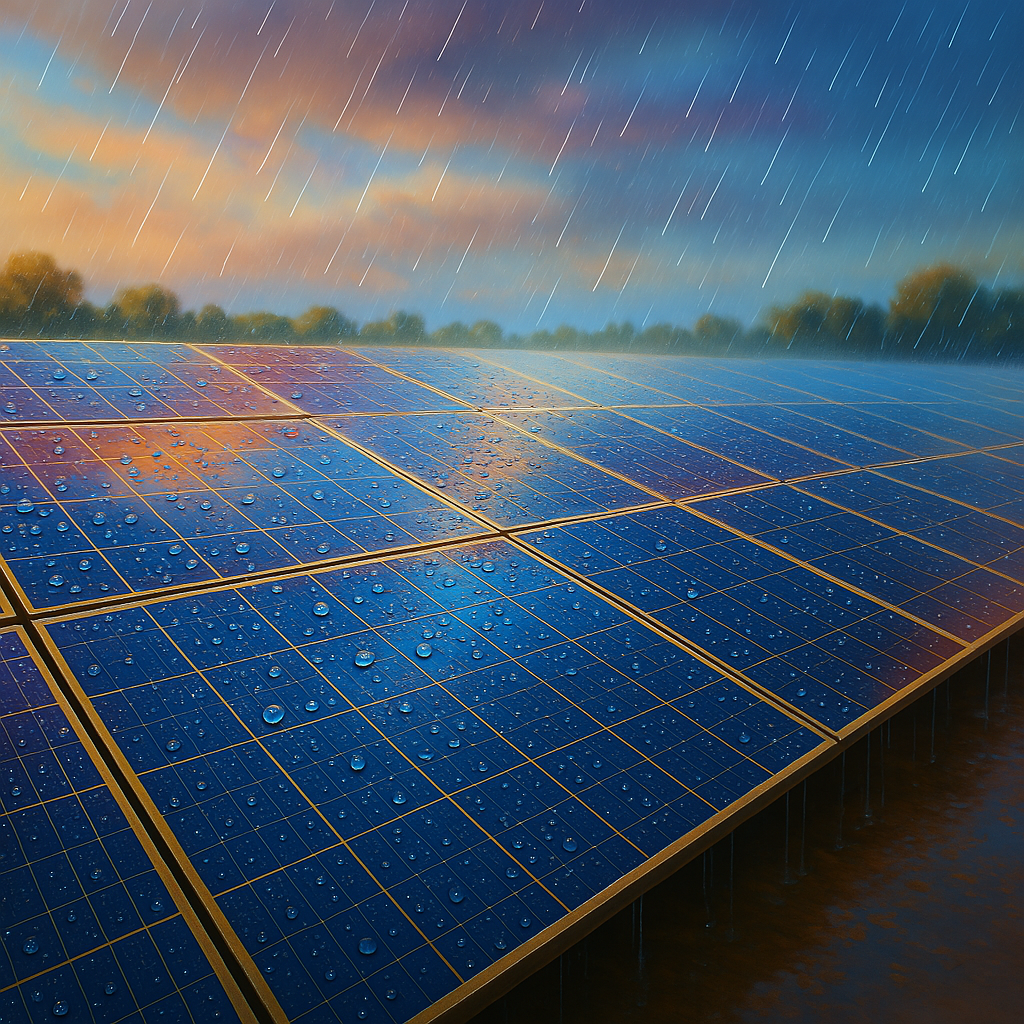
- Reduced Efficiency: Solar panels primarily convert light into electricity. On a rainy or cloudy day, the amount of direct sunlight reaching the panels is significantly reduced. This means they will produce less power, often operating at 10-25% of their normal capacity, though this can vary depending on the thickness of the clouds and rain.
- Diffuse Light: Even on cloudy or rainy days, sunlight is scattered (diffused) in the atmosphere and still reaches the panels, allowing them to generate some electricity.
- Cleaning Effect: Rain can actually be beneficial! It acts as a natural cleaning mechanism, washing away dust, dirt, pollen, and other debris that can accumulate on the panel surface. A clean panel can absorb more sunlight when it’s available, improving overall long-term efficiency.
During Snow:
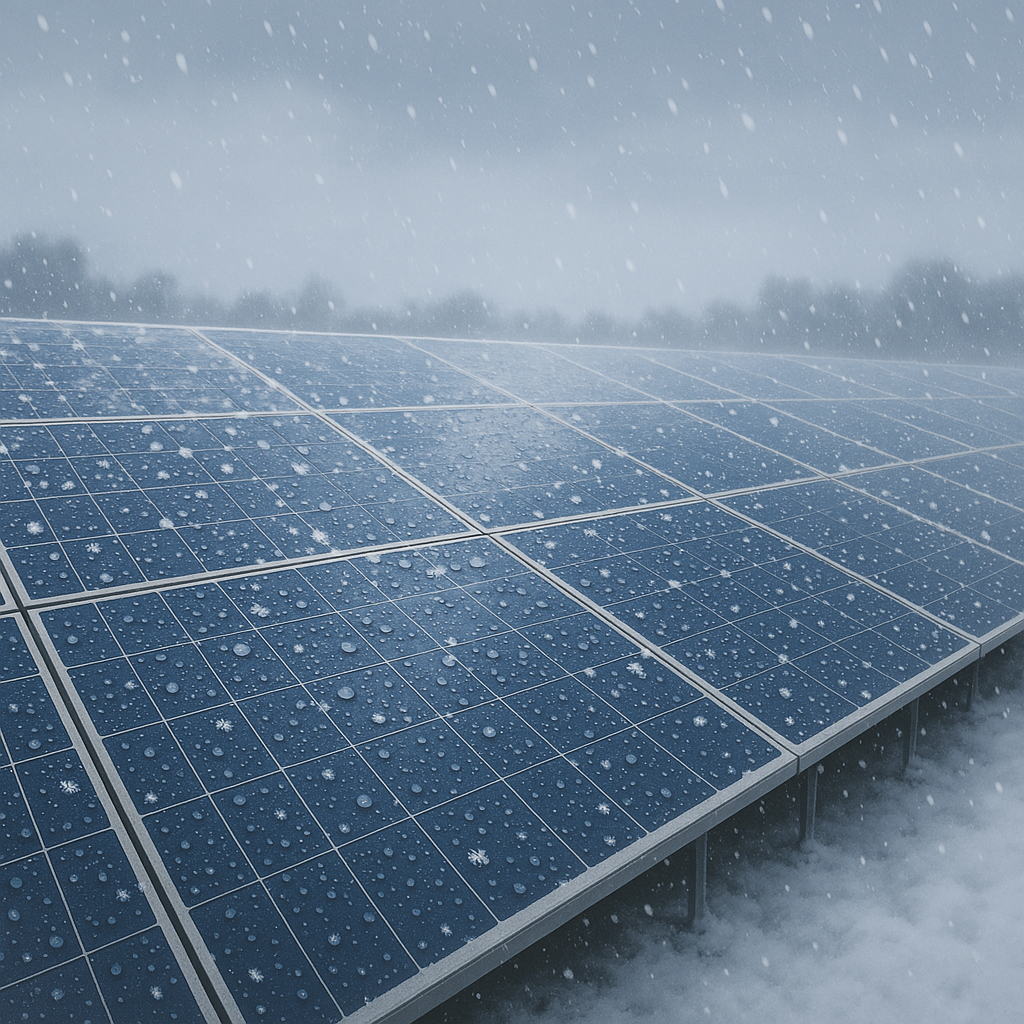
- Reduced Efficiency (or none): Similar to rain, snow cover blocks sunlight from reaching the photovoltaic cells. If the panels are completely covered with a thick layer of snow, they will produce little to no electricity.
- Melting and Shedding: Most solar panels are installed at an angle, which helps lighter snow layers slide off naturally due to gravity and the slight warmth generated by the panels themselves.
- Cold Weather Benefit: While snow cover is detrimental, the underlying cold temperatures can actually increase solar panel efficiency. Solar panels generally perform better in cooler conditions (below 25°C) than in very hot weather, as high temperatures can slightly reduce their efficiency.
- Albedo Effect: In some cases, a light dusting of snow on the ground around the panels can even increase output through the “albedo effect,” where sunlight reflects off the snow and onto the panels, providing additional light.
Overall:
Solar panels are designed to be durable and withstand various weather conditions. While their output will be lower during periods of rain or heavy snow, they will still function as long as some light is present. For continuous power supply during periods of low solar generation, many solar energy systems are integrated with the main electricity grid or include battery storage solutions.
Financial Considerations
1. Lower but Consistent Output
Cloudy weather might mean lower output, but solar systems still generate electricity year-round, even during winter.
2. Energy Savings
Though slightly less efficient on cloudy days, panels still reduce your reliance on grid electricity and lower energy bills over time.
3. Government Incentives
Many regions offer tax credits, rebates, and incentives regardless of local weather conditions, making solar a smart investment even in cloudy areas.
FAQs:
Q1. Do solar panels work during rain or snow?
Yes. Rain and snow reduce efficiency but don’t stop energy production. Snow can reflect light and may temporarily increase output once it melts.
Q2. Should I avoid installing solar panels in cloudy regions?
No. Solar panels can still be cost-effective in cloudy areas, especially with incentives and smart system design.
Q3. Can a battery help with cloudy day energy needs?
Yes. A battery stores excess energy from sunny days and provides power during low-generation periods like cloudy days or nighttime.
Q4. What if I live somewhere with year-round clouds?
Invest in high-efficiency panels, add storage, and use net metering. Many successful solar users live in areas with frequent cloud cover.
Q5. Do solar panels need direct sunlight to work?
No. They function with indirect and diffused light too, though output will be lower than in direct sunlight.
Conclusion: Is Solar Still Worth It on Cloudy Days?
Absolutely. Solar panels continue to generate electricity on cloudy days, just at reduced levels. With advancements in technology, high-efficiency panels, smart inverters, and battery storage, solar systems can now perform reliably even in less-than-ideal weather conditions.
If you’re considering solar but worry about cloud cover, rest assured that with the right setup, solar power remains a viable, eco-friendly, and cost-saving energy solution — rain or shine.
